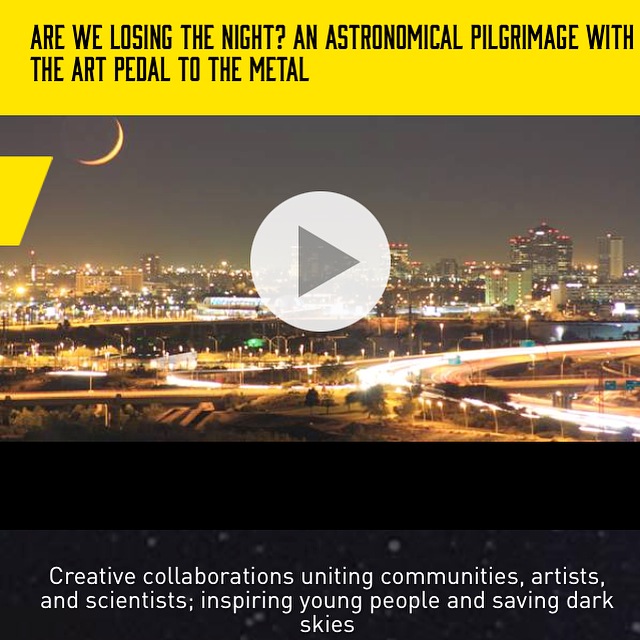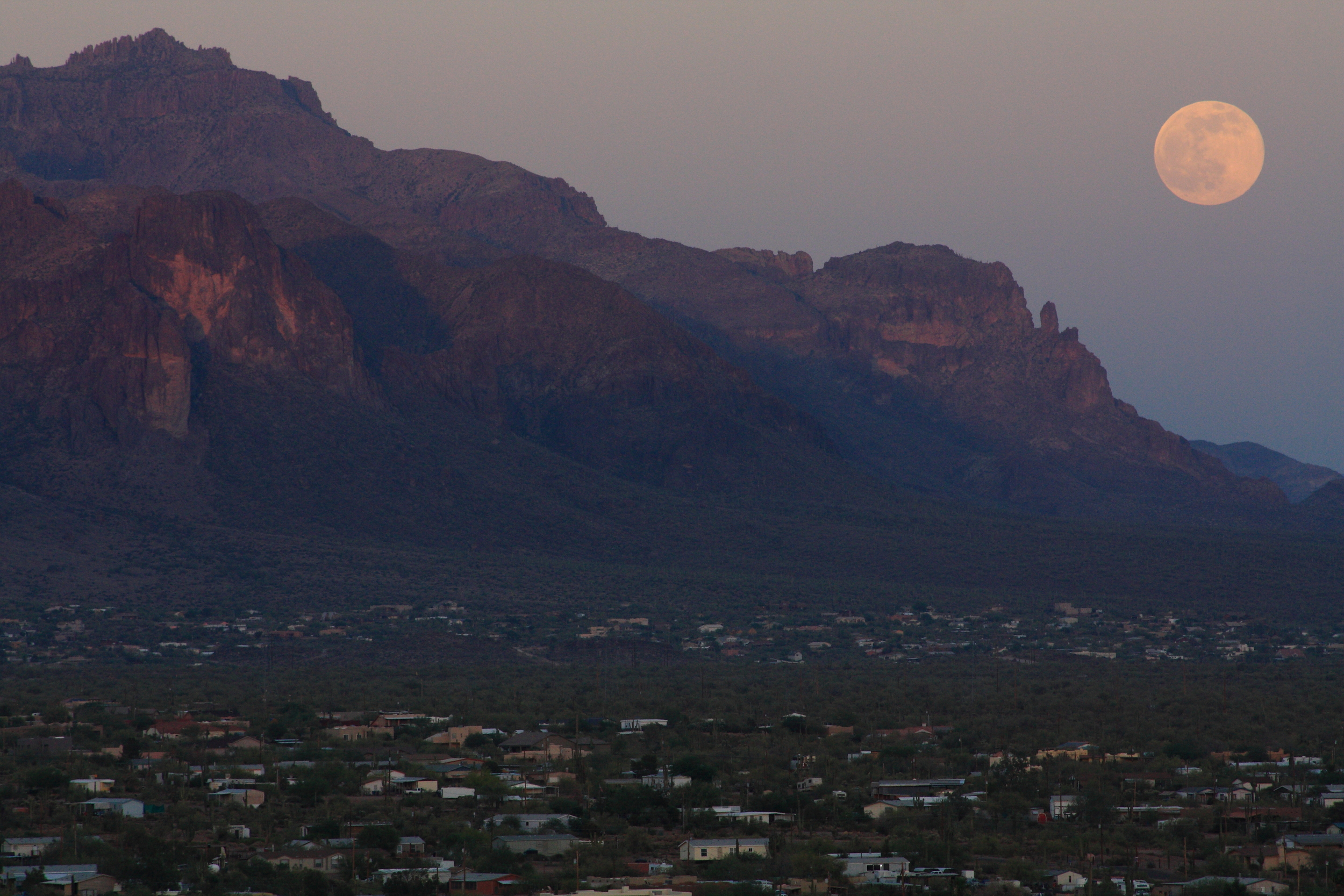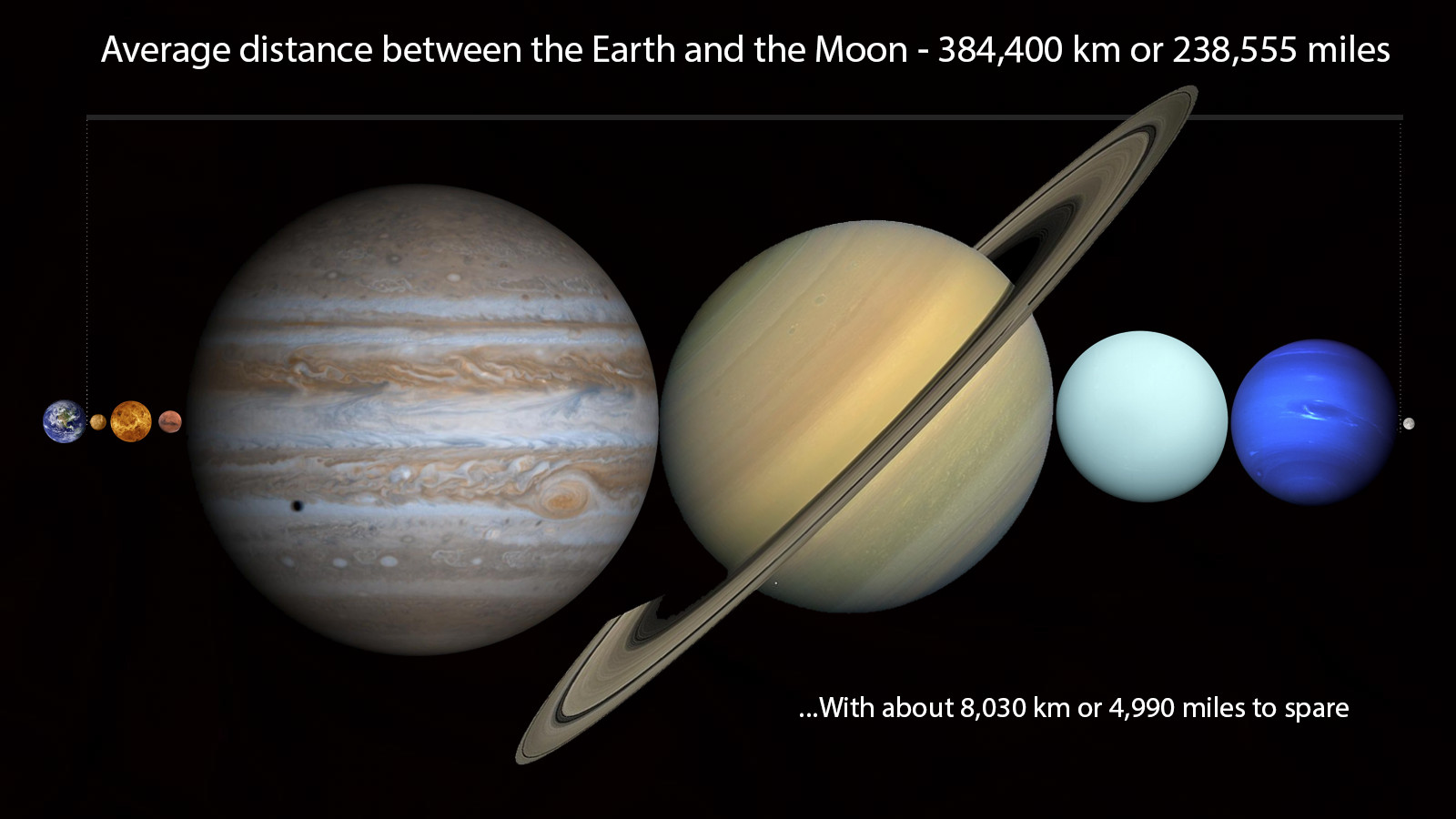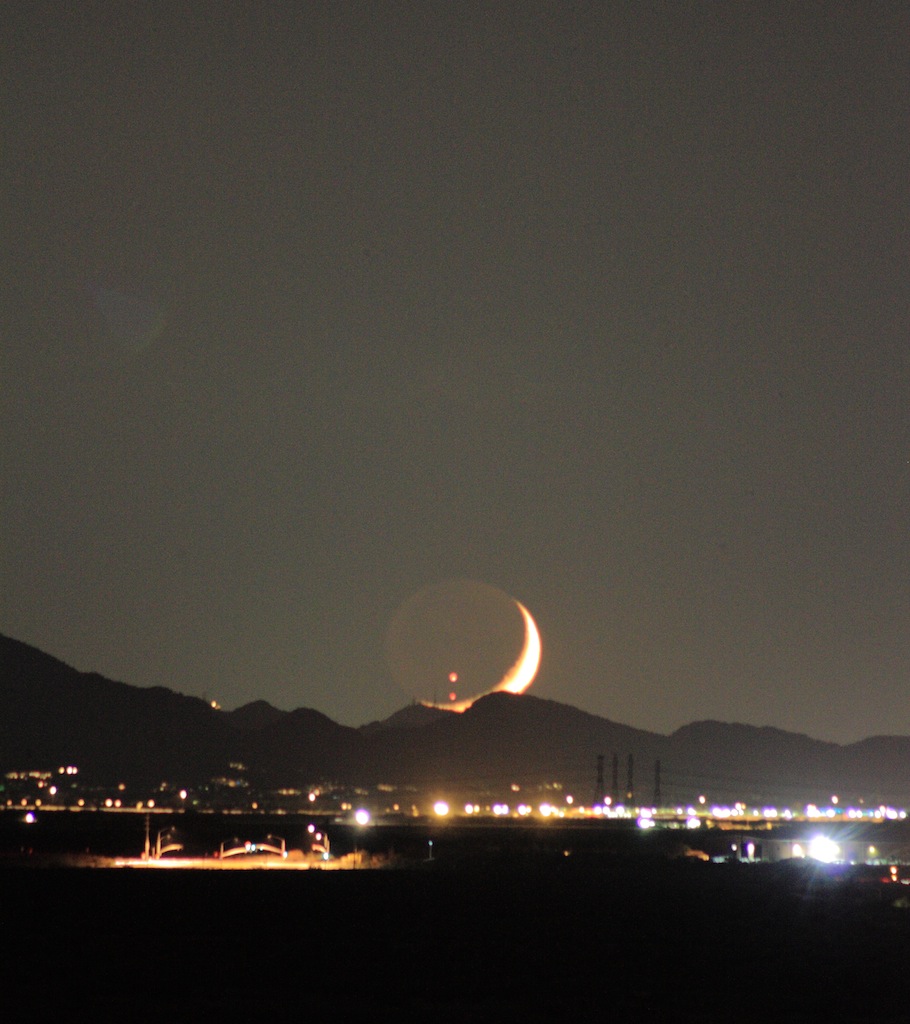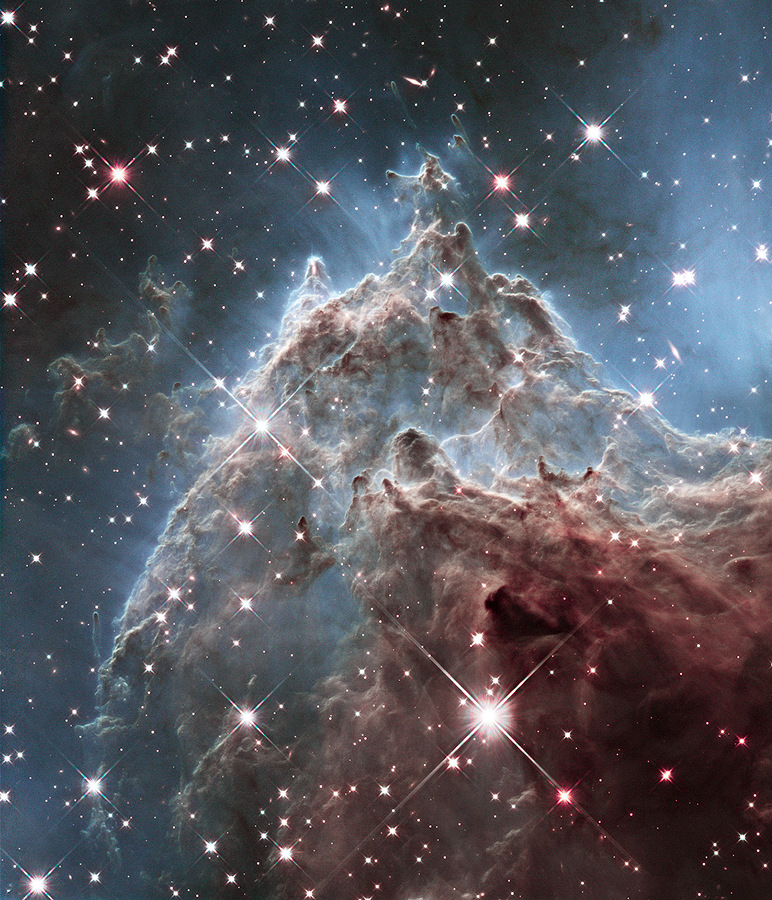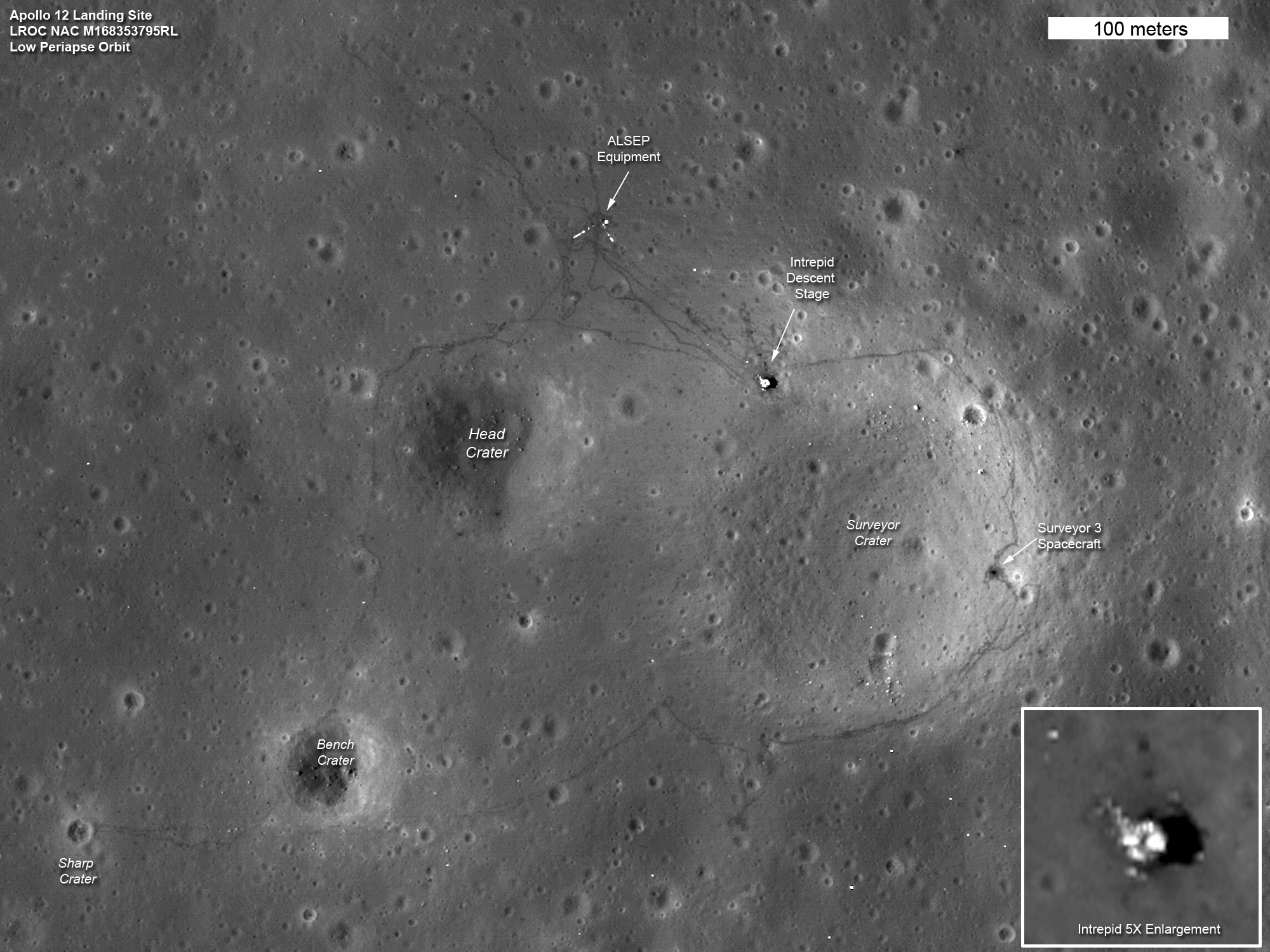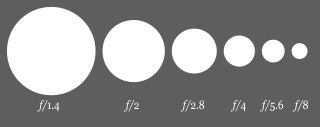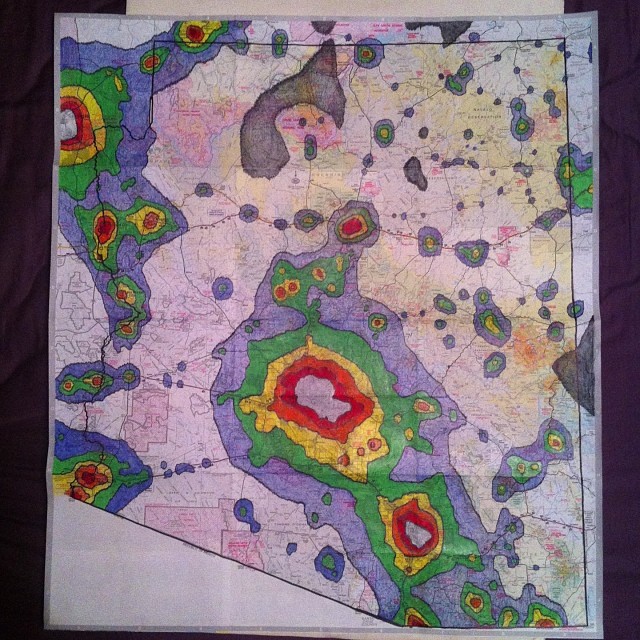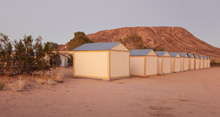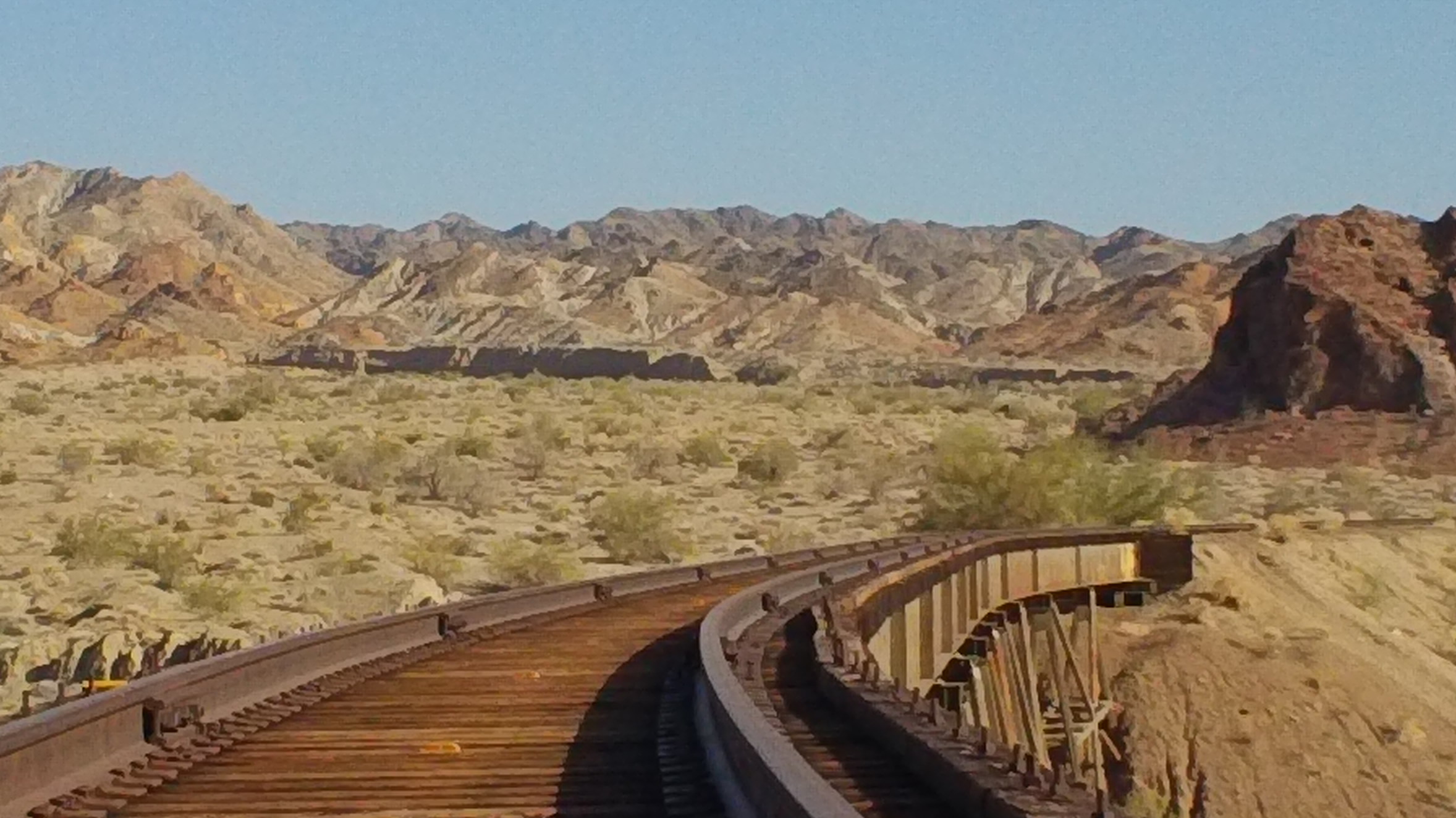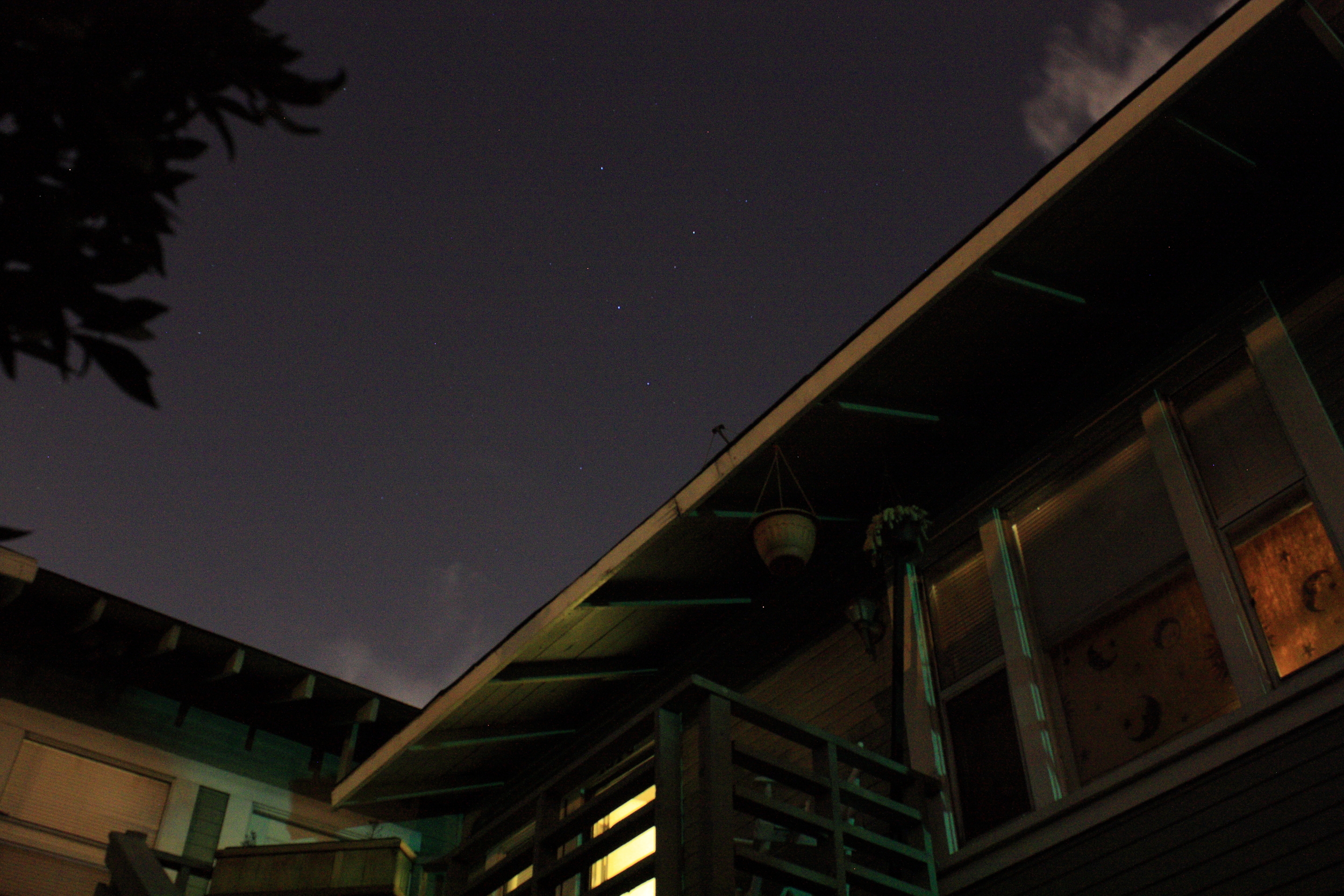ASTROLOGY & ASTRONOMY part 1 of 3 : Historical Disconnect and the Tropical Zodiac
Quick, what's your sign? BZZZZT! You're wrong.

That is if you are thinking that your Astrological sign is in anyway related to where the Sun, Moon, planets, and stars actually were in the heavens on the date and time of your birth.
Like a lot of people I have always been vaguely interested in Astrology, my special sign and what it says about my personality, who I should date, what career paths I should follow, etc. And I have clear memories of a period during child/young adulthood when I would read the newspaper at breakfast for the daily dose of comics and horoscopes. That is who I was at twelve years old. I liked Calvin & Hobbes and I was a Libra.
Through my foray into amateur astronomy and astrophotography in recent years I have become increasingly acquainted with the night sky and the choreography of it's players in their respective seasons. I have also, as per my general personality and intellectual persuasions, made it my business to engage in the larger discussions of the history and philosophy of science, skepticism, "proto" vs. pseudo science, and science communication/outreach in general. Lately, a few books, podcasts, and articles that I have consumed on these and other subjects have generated a sort of dwell point around which many of my thoughts have been swirling, namely the Copernican and Scientific revolutions and the emergence of Astronomy from the general intellectual milieu of 17th and 18th centuries.Coming from the arts and humanities side of the aisle as I do, and harboring fascinations with extant religious and philosophical traditions, the historical schism between Astronomy and Astrology and the trappings of present day criticism and debate of the subject on both sides has become a messy delight for my mind. i couldn't imagine a more perfect subject this blog and from here on out I will be attempting to rescue some of the more subtle and disparate discussion points often too quickly burnt up by heated and often intentionally divisive debate.
Now you might not care. You might be a staunch materialist and have made up your mind about such "nonsense" and "rubbish" or you may conversely be a true believer and know in your heart of hearts the intricate details of your special relationship to the Cosmos and precisely where you fit inside the whole mess. Most of us I assume fall at different points along the spectrum and sneer derisively at those on the other side of the halfway mark. But, in the interest of intellectual integrity and thoroughness I think it prudent to take a good long look at all the ins and outs of this issue to better understand for ourselves why it is that we believe what we believe. What draws us almost instinctively to see magic and fatedness, a "plottedness" even in the patterns of the night sky? What good, if any, does a belief or even the slightest interest in Astrology accomplish in our daily lives? Why is it important to develop tools and methods that force us to face uncomfortable truths about the the ways we think? What sorts of insights follow from such exercises? And in the aftermath, what then is there to do?
In the Beginning...
Western Astrology (which is what I will be focusing on in this post) traces it's roots back to the 2nd or 3rd millennium BCE in and around Mesopotamia. It emerged as part of a whole class of intellectual and pseudo intellectual efforts of early civilizations trying to understand and align technology and practice with patterns in the natural world in order to establish control over a seemingly chaotic reality. These efforts include weather prediction, medical prognostication, calendar making, using burial mounds to demarcate the heliacal risings and settings of the Sun, Moon, and certain bright wandering stars (later to be recognized as planets), "reading" animal guts, and so on and so forth.
Many factors began to converge to set up these human groups to formulate a system like Astrology. Right from the onset, there was a strong correlation between predicting the movements in the heavens and predicting events in the human realm. Human psychology, especially in the absence of skeptical tools and culture, is primed to recognize patterns and to project internal mental states to the external material world. Where Theory of Mind and pattern recognition encourages children to begin to anticipate phenomena in the world and see from other people's perspectives, it is also a vector (without making any value judgments) for things like animism, alchemy, quantum consciousness, positive thinking, prayer, the power of intention, and all manner of cognitive biases. And so, what was for tens of thousands of years more or less a night at the movies for preliterate cultures, began to emerge as an internally consistent body of practical storytelling about the night sky that projected human narratives upon the celestial realm.
It was recognized that the Sun, Moon, and wandering stars (planets) traveled across the sky along a proscribed path, the ecliptic. In the Northern latitudes like Babylon or modern day Iraq where this was all being studied and codified, the ecliptic follows East to West across the Southern portion of the sky. Astronomers have since then come to understand that this is because all of the planets in our solar system orbit the Sun on a flat-ish plane and the Earth sits on that plane tilted on it's axis at an angle of 23.4º.


From our perspective on Earth we look out at the night sky and see patterns in the fixed stars - most of you probably know Orion's belt, the Big Dipper, the Pleiades or "Seven Sisters". Over time as people told stories about those patterns they morphed into asterisms (the recognizable shapes and figures) that make up the main features in each constellation (the bounded/segmented areas). There are now some 88 agreed upon constellations, but the handful that most of us know the names of come to us through Astrology and these are the twelve that serve as the backdrop to the Sun's path through the sky, the sidereal zodiac, or the ecliptic mentioned above. These are the twelve signs of the Zodiac (Cancer, Sagittarius, Virgo, Taurus, etc.)
Shifting Signs
So that is all pretty straight forward and easy to grok, right? This whole time we have been talking about observational patterns reflecting changes in the actual sky and the stories behind them, but this is where it all starts to slide. Enter the Tropical Zodiac. Remember that 23.4º axial tilt of the Earth in relation to the plane of the Solar System? Well in addition to this tilt the Earth also sports a slight wobble (like a spinning top) which revolves once every 26,000 years (approximately). So during this time period true north and thus the North Star (now, Polaris) would trace a circle in the sky against the fixed stars that rotate around it nightly which create circular star trails revealed by long exposure photography.
This is called the Precession of the Equinox and the ancient Astrologers had no knowledge of it until it's discovery by the Hellenistic Greek astronomer Hipparchus.

The Tropical Zodiac is based on the position of the Vernal Equinox and thus drifts from the Sidereal Zodiac, the actual movements of the fixed stars, by way of the Precessions of the Equinox at a rate of about 1.4 arc degrees per century. BLAH BLAH BLAH what does it all mean? This means that most of Western Astrology is based on the night sky as it appeared over 2000 years ago, frozen, static, unchanging and unhinged to the dynamic complex reality that we actually exist in as discovered and elucidated by the modern practice of Astronomy.
Furthermore, the Babylonians dissected the night sky into 30º segments that stand for the representational segments of the constellations. So what? Well so what is that the constellations are all not the same size and therefore do not occupy the same amount of space in the 30º segments. The horoscope provides about 30 days for each sign that start on about the 20th of each month and end on the 20th of the next. So you would assume that the Sun would spend about 30 days "in" each sign or constellation, right? Not even close. In reality, the Sun spends 45 days in Virgo, 38 days in Pisces, and only 7 days in Scorpius.
And what is the result? According to Astronomy magazine there is about a 7 to 1 chance that on the day of your birth the Sun was not actually in the constellation that Astrology dictates and some initial testing seems to bear this out. This is actually a pretty fun exercise: I have a planetarium app (Go Skywatch) for my smartphone that can roll the sky back to the year 1 CE or forward to the year 4000 CE and you get an accurate 360º interactive map of the day or night sky with the positions of all the planets, the Moon, and Sun along the ecliptic. I spent the better part of a day on Facebook taking requests for friends to see what was up on their birthdays and what sign they would be according to Astronomy, or the Sidereal Zodiac. Most were off by a sign in either direction and I learned that on my birthday, October 11, 1980 the Sun was in fact in Virgo, not Libra. It was a fun day on Facebook. In addition, I also had my official natal chart plotted out on a free website and checked the position of the Moon and all the planets and most of those were out of sync as well. Every once in a while I will check another app called Time Passages which is an Astrology app that follows the Tropical Zodiac to show the user what is happening in the sky according to Astrology so that they can plan out their personal and professional lives. Guess what? Nothing "is" where it actually "is".
So what exactly was the relationship that Astrology is purporting to describe? What is the mechanism for it's influence in our lives or the destiny of nations? What is it useful for? How does this make any sense at all? Why is it so fascinating to so many people? How has it survived and is it willing to change to reflect reality? What are the shortcomings of modern debate on the topic? What does Astrology do right?
[To be continued next time when we look at Astrology's relationship to medicine and meteorology, statecraft and political destiny, free will and Christianity, Renaissance magic, Alchemy, and the scientific method.]



